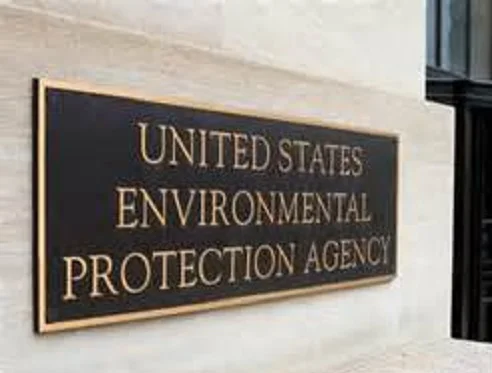
Balancing Agriculture and Conservation: The EPA’s New Insecticide Strategy
In a significant move toward protecting endangered species while supporting agricultural practices, the Environmental Protection Agency (EPA) has unveiled its final Insecticide Strategy. This strategy aims to offer flexibility for farmers and pesticide users, while ensuring the safety of over 900 federally listed endangered and threatened species. This development is crucial as it represents an attempt to harmonize agricultural productivity with conservation efforts, a balance that is increasingly necessary in today's ecological landscape.
The final strategy, introduced on April 29, comes after a comprehensive public consultation that garnered more than 26,000 comments, reflecting a wide range of perspectives from the agricultural community and conservationists. EPA Administrator Lee Zeldin stated, "Today’s action is another example of how protecting our environment and safeguarding our economy can go hand in hand." This sentiment underscores the dual role that agriculture plays in both feeding the nation and preserving biodiversity.
The strategy highlights several key modifications aimed at reducing the adverse effects of pesticide use on vulnerable species. Notable changes include a reduction in buffer distances for pesticide application, as well as a process to qualify conservation programs, which will offer growers additional credits for participating in environmental stewardship initiatives. These adjustments aim to provide farmers with workable solutions that lessen their regulatory burdens while prioritizing ecological responsibility.
U.S. Secretary of Agriculture Brooke Rollins praised the EPA’s approach, calling the strategy a pivotal improvement designed to enhance crop protection from pests and diseases without compromising species safety. This collaboration is essential as it fosters a united front to meet nutritional needs without degrading natural habitats.
While these changes have gained support from significant agricultural groups, including the American Farm Bureau Federation and various commodity organizations, they also reflect a shift in mindset within regulatory agencies. Conservationists and agrotechnology advocates have expressed appreciation for the incorporation of scientific input on tools such as drift reduction adjuvants, which can mitigate the impact of pesticide drift on non-target species. Terry Kippley, President of the Council of Producers and Distributors of Agrotechnology (CPDA), remarked, "Drift reduction adjuvants play a critical role in improving application efficiency while supporting environmental stewardship." This balance is vital in addressing the complex challenges posed by pest control in agricultural settings.
The EPA's commitment to ongoing dialogue with stakeholders, including farmers, conservationists, and state agencies, positions this strategy as a dynamic framework that can evolve as new scientific insights emerge. As the agriculture sector continues to innovate in response to pest challenges while being mindful of ecological impacts, the success of this strategy will depend on collaborative efforts to share knowledge and resources.
In conclusion, the EPA’s final Insecticide Strategy is not just a regulatory guideline; it embodies a comprehensive approach to sustaining both agriculture and wildlife conservation. As we move forward, it raises a crucial question: how can farmers and conservationists work together to further enhance practices that protect our endangered species while ensuring food security? We encourage our readers to share their thoughts and insights on this evolving issue.